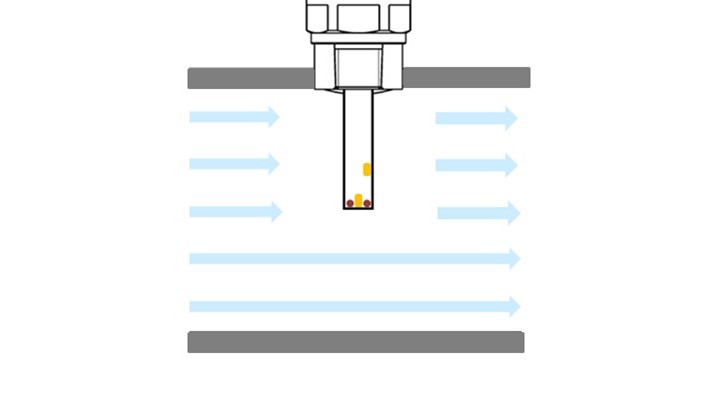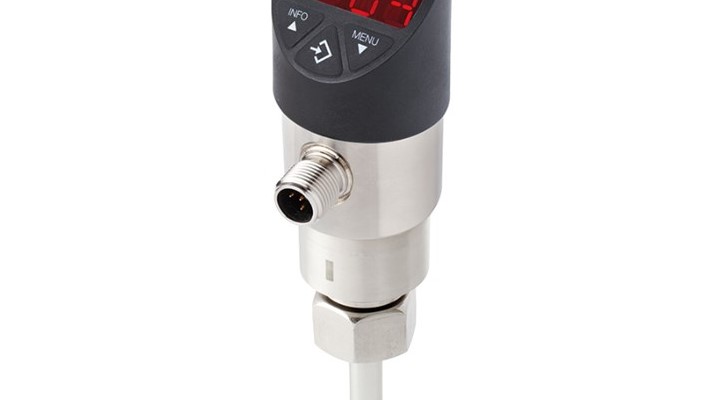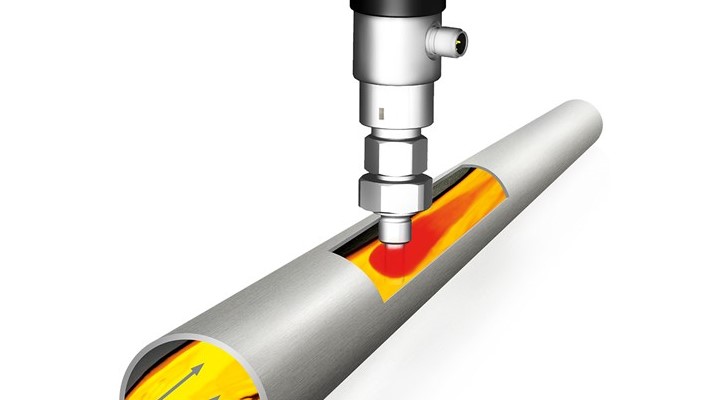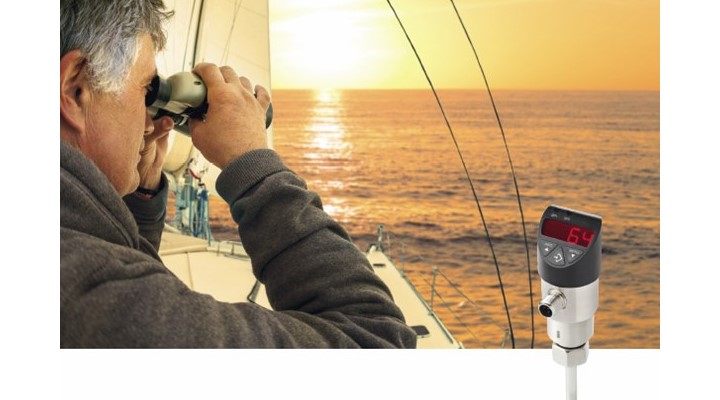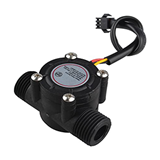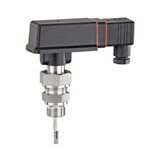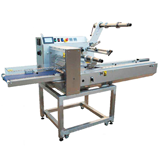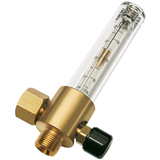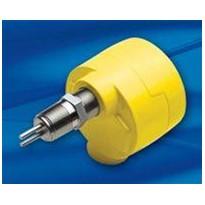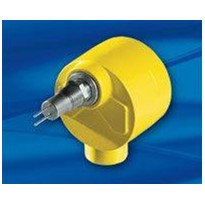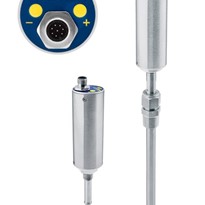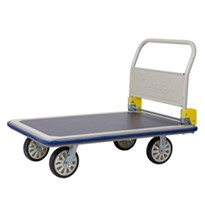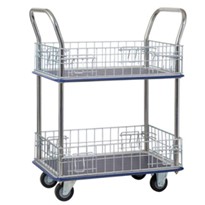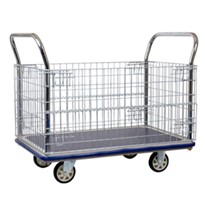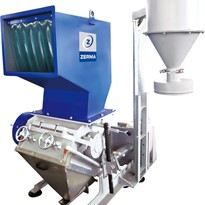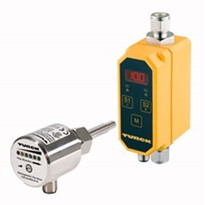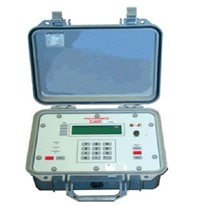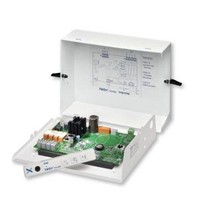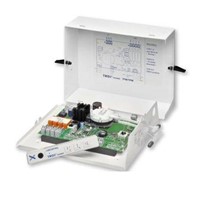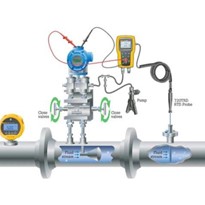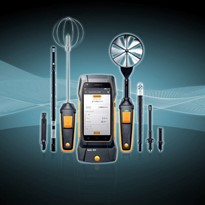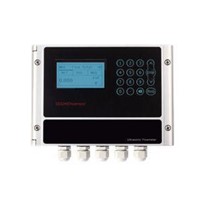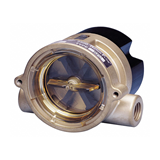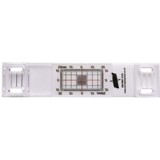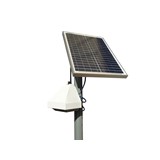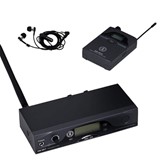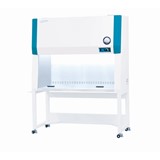When it comes to flow control in pipelines, flow switches are an efficient and economical solution. They are increasingly based on the calorimetric measuring principle. Users can choose between digital output signals and continuous analogue outputs.
That classic flow meters can also perform the role of a flow switch is beyond dispute. However, this sensor type is mainly used to measure the exact flow rate per time unit, for example in order to determine water or fuel consumption. Volume or mass flows are recorded with an error of two percent or less. Flow switches are unable to match this extreme precision: on the other hand, flow meters require an appreciably higher investment owing to their specific design, extensive electronics and comparatively complex installation.
If the sole objective of the application is to monitor whether or not, and if so to what extent, a medium is flowing, flow switches or flow monitors represent a much cheaper – not to mention more compact – alternative. They detect the flow and trip a switching mechanism if the measured value exceeds or falls below a defined velocity. Precision is not a key priority: between two and five percent non-repeatability is the norm for contact switching. In addition to flow monitors with a float body, turbine or impeller, a growing number of users meanwhile resort to devices featuring the calorimetric or thermal measuring principle, for instance for cooling circuits, the cooling lubricant systems of machine tools, filter units or dry run protection in pumps.
Calorimetric flow switches follow the physical laws of heat transport in flows. They are based on one of two different methods, depending on the manufacturer, each leading to the same result regardless of the application.
Continuous heating (constant power method)
A flow switch which is based on the calorimetric measuring principle consists of a measuring probe with two temperature sensors integrated into it (see Figure 1). One of these sensors is heated continuously with the aid of a built-in heating element (wire-wound) with a constant heating power and measures the temperature at the sensor tip. The second sensor determines the temperature of the medium in the pipe. Consequently, a temperature difference occurs between the two sensors, which is registered by the electronics.
The higher the flow velocity of the medium in the pipeline, the smaller this temperature difference will be. The basis for this is a law of thermodynamics:
a body with a temperature higher than its surroundings supplies a medium flowing past that body with energy in the form of heat. The molecules in the medium flowing past the probe tip collect heat and transport it away. The more molecules flow past, the greater the cooling effect. The number of molecules passing by increases continuously with increasing flow velocity.
Regulated heating (constant temperature difference method)
The measuring probe is basically identical in design. With this method, however, the heating power is regulated so that the temperature difference between the two sensors is kept constant throughout. Consequently, as the flow velocity increases, the heating power must be increased accordingly. It is thus a direct measure of the flow velocity in the medium.
Unlike other switch types, calorimetric flow monitors have no moving parts in the medium. They therefore also work reliably wherever there is a likelihood of contaminated media, for example in cooling circuits. What's more, they are virtually maintenance-free. The probe only requires periodic cleaning when used in very sticky media because adhesive residues could be detrimental to its precision. Apart from this, calorimetric flow switches are extremely tolerant of changes in the media properties such as temperature, density, dielectric constant or conductivity. Hence, they are equally practical in both stable and non-stable conditions.
The ability to choose between digital and analogue output signals makes these devices even more flexible. If an analogue output is selected, for instance 4 … 20 mA, information about the change in flow can be inferred from the continuous signal via the span. When monitoring a filter, say, blocking can be detected in good time before it becomes a problem.
The latest generation of flow switches are the most powerful and the most intelligent yet. Versions are available with built-in temperature measuring and / or diagnostic functions. Today's users, in other words, are also in a position to monitor the temperature of the medium using these devices, so that a second measuring point can be dispensed with. The diagnostic function outputs a warning if a sensor defect is detected. In case of damage, the switching output can be used to trigger a downstream safety function.


